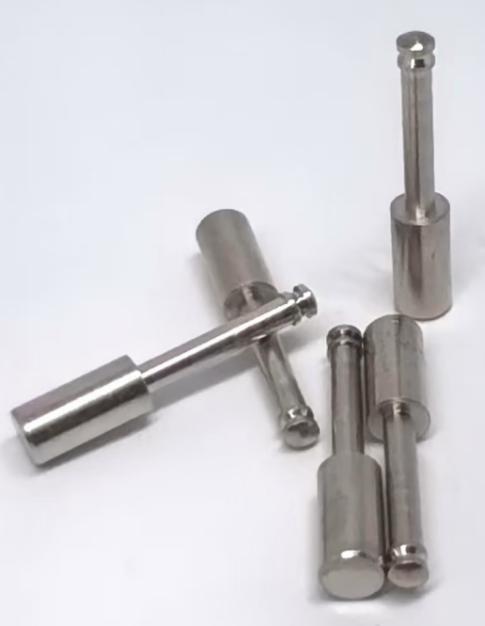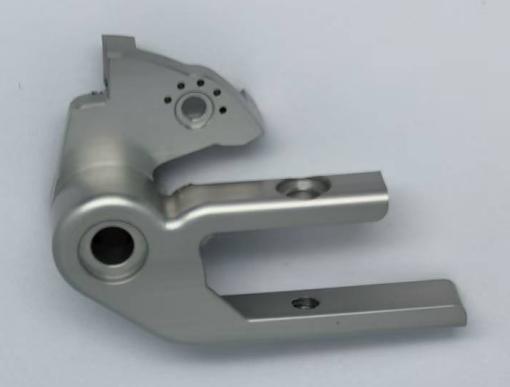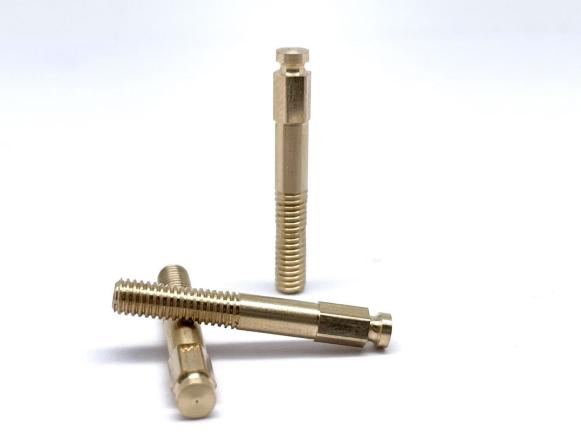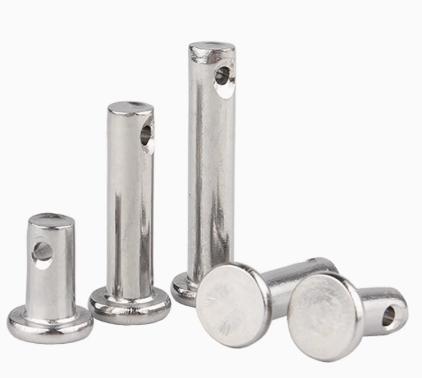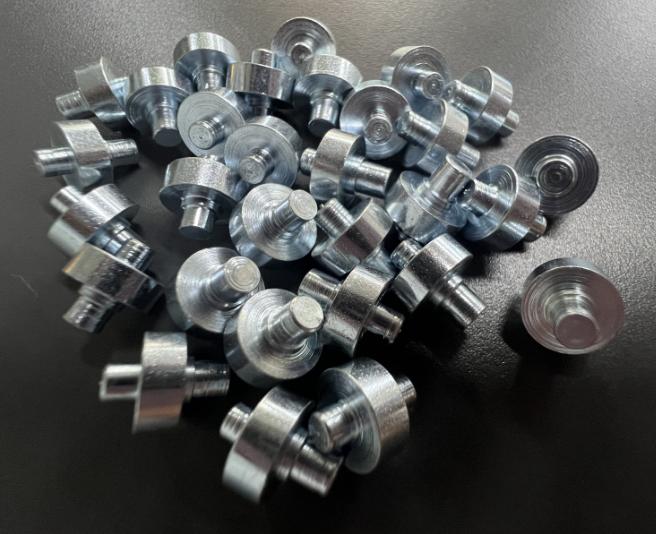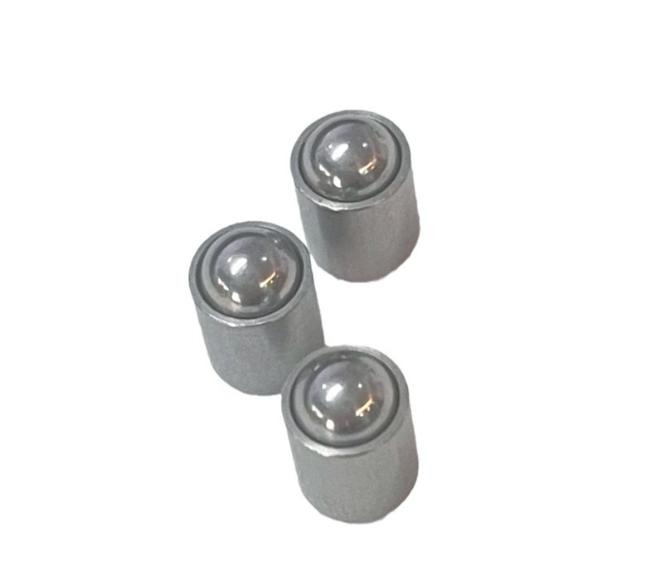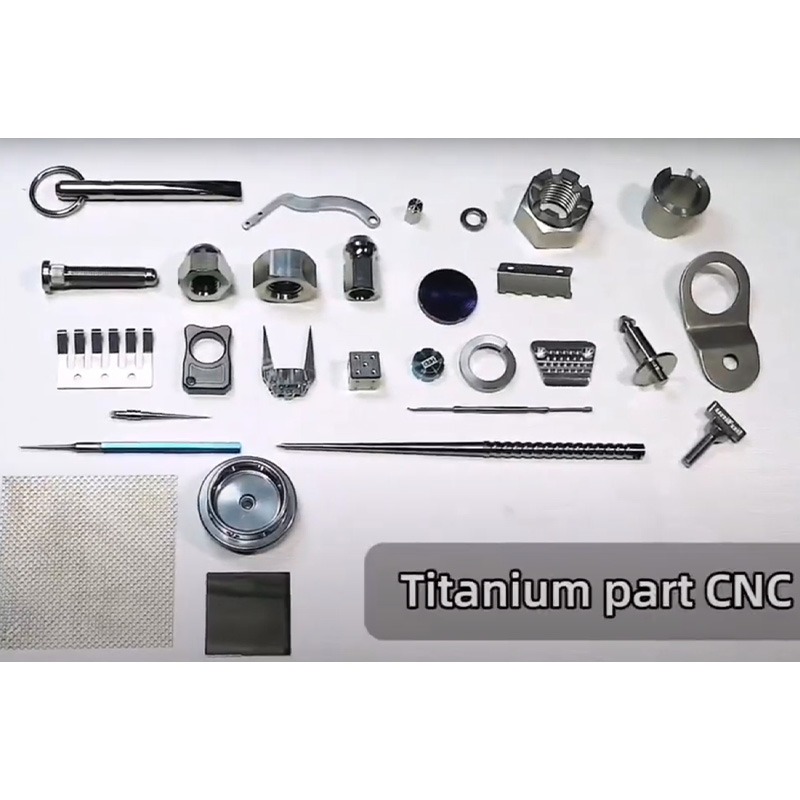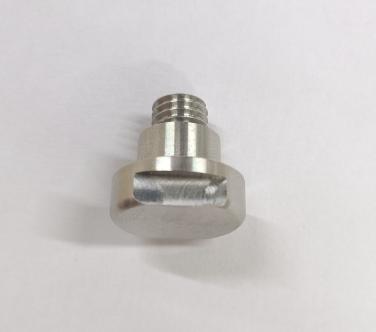Effective Solutions for CNC Milling of Composite Materials
CNC milling has become more and more vital for precision production. While traditionally applied to mill metals and plastics. However, due to increasing use of composites within industries like aerospace, automotive and sports equipment; CNC milling has found new applications. Milling composite materials presents unique challenges due to their complex structure; therefore specialized strategies and innovative solutions must be utilized to ensure precision, tool life and surface integrity are maintained during CNC milling operations.
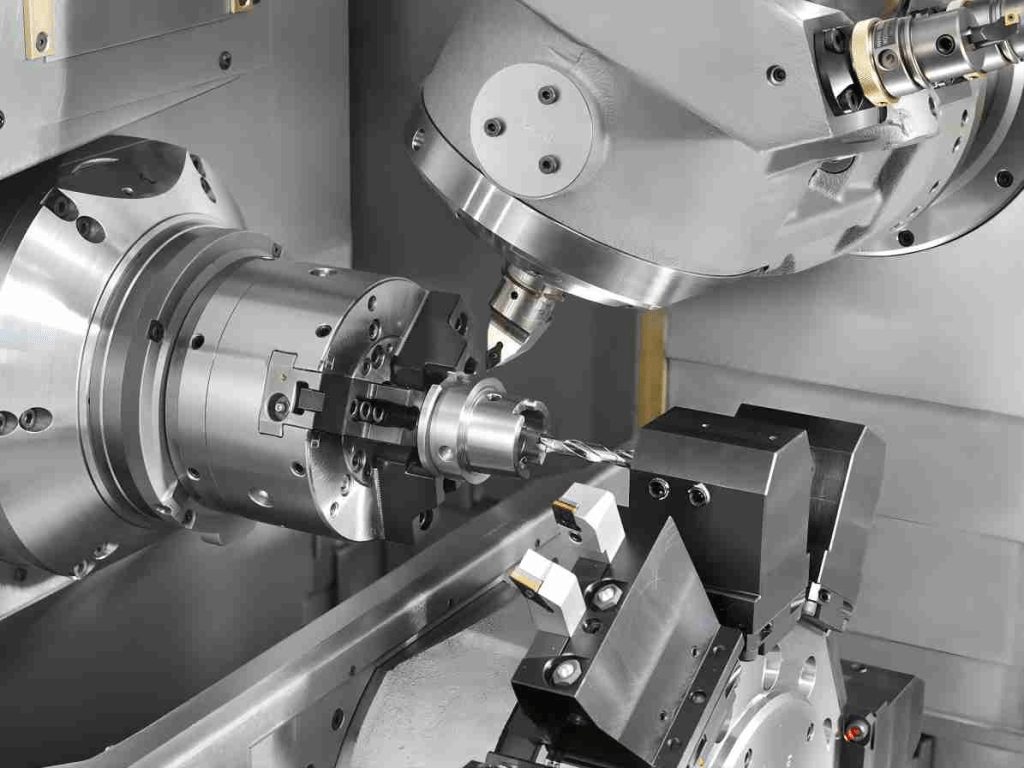
Table of Contents
Understanding Composite Materials
Composite materials are engineered by combining two or more constituents, usually an epoxy resin matrix with carbon, glass or aramid reinforcement fibers. Composites offer superior weight-to-weight ratios and corrosion resistance compared with metal materials while providing outstanding fatigue performance making them an excellent solution in applications where weight reduction is key. But their anisotropic, aggressive nature poses particular challenges when manufacturing.
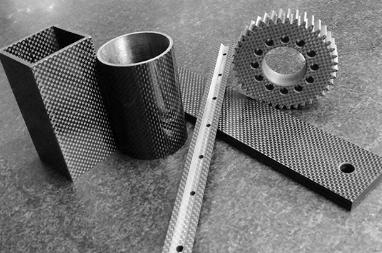
Challenges in CNC Milling of Composite Materials
| Challenge | Description |
| Tool Wear | Carbon-based abrasive fibres, similar to carbon, cause an extremely fast wear on traditional cutting tools. |
| Delamination and Fiber Pull-out | Layered structures may split or crack at the edges, while cutting. |
| Heat Buildup | Insufficient thermal conductivity may create heat locally and result in degradation of the matrix. |
| Unpredictable Machining Behavior | Anisotropic properties can cause inconsistent results during cutting reactions. |
| Burr Formation and Surface Damage | Machining can cause rough edges or frayed edges that require post-processing. |
| Dust and Chip Management | Fine particles that are produced can block equipment and cause health problems. |
| Tool Selection Complexity | Choosing the right geometry and coating is critical but often application-specific. |
| Moisture Sensitivity | A lot of composites can’t be cooled, which limits ways of dispersing heat. |
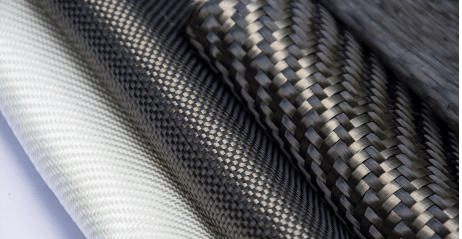
Specialized Techniques for CNC Milling of Composite Materials
To address the inherent issues in working with composites, manufacturers have developed a range of specific techniques to CNC milling, which aim to preserve the integrity of the structure while minimizing waste and guaranteeing top-quality surfaces.
1. Optimizing Cutting Parameters
In contrast to metals, composites exhibit anisotropic characteristics which means their mechanical properties alter with respect to the direction. This could result in unpredictability in the interaction between tools and may cause damage if the normal tools are used. A custom CNC milling procedure for composites begins with careful measurements of the cutting speed, rate of cut, and the cut depth.
The operator prefers higher speeds and less feed rates to reduce the force of cutting and build-up of heat. This minimizes the possibility of fiber pull-out and delamination one of the two most frequently seen and damaging defects that are encountered when cutting composite materials. An efficient adjustment of parameters can also help the CNC machining process remain constant over long periods of time that improves overall efficiency.
2. Advanced Tool Geometries
The role of tools is crucial in the milling of composites. Tools for cutting that are commonly employed for milling fail when they come into contact by the brittleness of carbon or glass fibers. This is why the cutter’s shape and material are selected with care. One of the most efficient ways is to utilize compression cutters.
They are made up of opposing flutes that pull the fibers of material upwards in both directions. This process can compress the layers while cutting creates stronger edges with less damage or fraying. Tools are typically made of carbon-based diamonds, or composed of polycrystalline diamonds to resist wear and tear that is caused by composite fibres. This modification to the tooling can extend the time of operation and improve the efficiency of components made.
3. Managing Heat Without Coolants
The control of heat energy a delicate problem when it comes to milling composites. The resins used to join the composite fibers are generally sensitive to heat. In contrast to metals, they don’t properly disperse heat. In excess heat, it could lead to the degrading of the surface and weaken the matrix or a delamination of layers.
Traditional cooling techniques like flood cooling are typically avoided due to the risk of absorption from moisture and chemical compatibility. Instead, methods which are more specialized, like dry machining, which makes use of compressed air in large quantities or low quantities of and lubrication (MQL) methods are employed. These techniques allow effective temperature control without harming the material or equipment.
4. Directional Toolpath Planning
The most sophisticated techniques to CNC milling composites calls for an efficient CNC toolpath plan. Because the direction of fibers affects the cutting efficiency, the toolpaths need been altered to account for the sensitivity of this particular the direction.
Machining according to the direction of the fibers will decrease the amount of chips, however perpendicular cuts can create more disturbance to the layers. Ad-hoc machining paths that alter direction in line with the arrangement of fibers are often used to maintain the structure’s integrity. This method requires a close integration between CAD/CAM software, as and real-time control systems that modify milling movements dynamically.
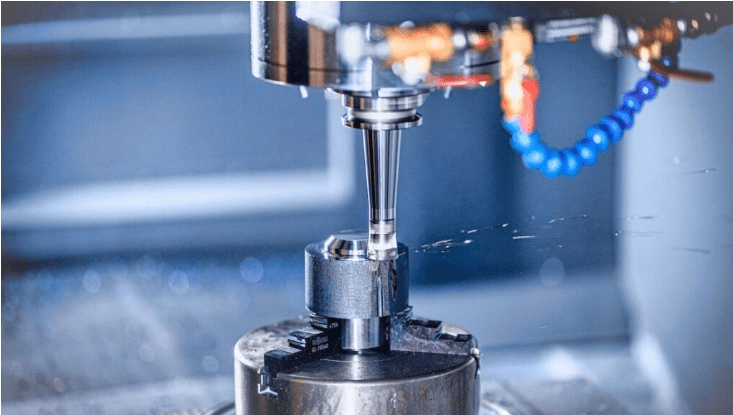
5. Dust Extraction and Environmental Controls
In addition to the technical concerns, milling of composites can cause environmental and health concerns. The fine particles generated during milling, especially carbon fibers, is not solely toxic to respiratory systems, but also poses possibility of contamination to sensitive equipment. To minimize the chance of contamination, the most recent CNC machines specifically made for composite materials come with integrated dust containment and removal systems. Filters with high efficiency and have enclosed chambers to cut to ensure clean and safe working areas, without sacrificing speed.
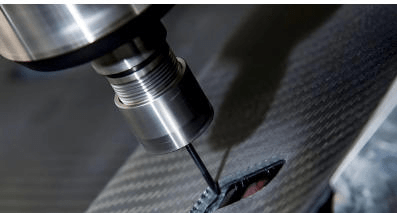
Tooling Innovations in CNC Milling of Composite Materials
1. Material Advancements in Cutting Tools
The most significant innovations in composite CNC milling tooling is the change to ultra-hard cutting materials. Steel is usually high-speed and carbide tools that do not have coatings are rapidly degraded when exposed to the rough, abrasive properties which is characteristic of carbon and glass fibers. To counter this, PCD (PCD) tools have been created as an alternative in place of gold standard.
PCD tools provide excellent performance against wear, that permits to prolong the lifespan of tools as well as a stable performance in even the most extreme conditions. If you are in need of a expensive diamond-coated carbonide, it is an alternative that offers extended lifespan for the tool and resistance to chips at the edge at a cost that is less expensive that PCD’s solid.
2. Geometry Redesigns
The shape is the main factor in a significant role in the performance of a milled composite surface. The conventional cutting geometry employed in metalworking usually results in the breaking of fibres and fraying and delamination when working with composites.
To combat these issues, manufactures have designed specific geometries, such as compression cutters. They have an opposite flute structure which means that cutting edges pull material backwards away from both surfaces simultaneously. This action reduces the possibility of the two layers are separated during machining which results in the smoothest edges, and less scratching on the surfaces.
In addition, single-flute as well as the design of the helical flute are designed to mill composites at a high speeds. This design reduces tension on the tool, as well as heat buildup, and helps in removing dust particles created during cutting. All of these are essential to ensuring edge quality and finishing.
3. Tool Coatings
Beyond the fundamental material and geometry, coatings for tools have grown significantly. The carbon-based diamonds (DLC) (also known as nanocomposite) coatings are more often used to lessen friction, cut the heat generated, and offer an extra layer of protection against wear and tear caused by the abrasive.
These coatings do more than prolong the life of the tool, but they also allow faster cutting speeds, without impacting their quality. component. When machining in dry or near-dry conditions, which is typical for composite milling because of their cooling sensitivity — these coatings play a crucial role in regulating temperature and inhibiting chemical interactions within the matrix.
4. Customization and Application-Specific Tooling
Another important new trend in the area of tool innovation is the creation of specific tools that can be used in different applications and are adaptable. Based upon the kind of composite used, fiber orientation, component geometry, as well as the final-use specifications, a lot of tool manufacturers provide extremely customized solutions.
For instance, different tools are designed to cut CFRP (carbon-fiber reinforced plastic) components, as well as honeycomb core composites that contour mill and drilling hybrid stacks comprised of metal and composite layers. This specialized approach will assure not only greater efficiency but also enhanced efficiency and reliability in difficult applications.
5. Smart Tooling Using Embedded Sensors
In the future towards the future, the evolution in smart manufacturing already beginning to affect how tools are designed. Sensor-integrated cutting tools capable of detecting temperature, vibration and force during milling operations are being developed and are being test-driven.
These cutting machines can give real-time feedback to a CNC controller, allowing for variable feed rates and adjustments to the tool before wear occurs. This innovation could further cut the repair time as well as increase the durability of the process, as well as increase the durability of composite CNC cutting.
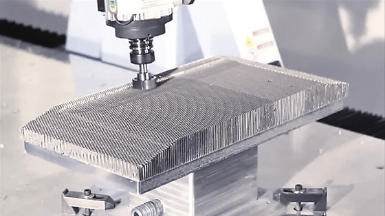
Industry Applications of CNC Milling for Composite Materials
| Industry | Application |
| Aerospace | Aircraft fuselage panels, wing spars and wings and interior components made from CFRP/GFRP. |
| Automotive | Body panels that are light car bumpers and body panels and structural elements. |
| Renewable Energy | Wind turbine blades, as also carbon-composite housings that power systems. |
| Medical Devices | Prosthetics custom-designed, orthotic components and surgical instruments. |
| Marine | Hull decks and components as well as cabin structure constructed out of composites that resist corrosion. |
| Sporting Goods | Rackets for tennis, bikes skis and other equipment that is high-performance. |
| Defense | Panels with ballistics UAV components and a lightweight armor systems. |
| Electronics | Casings and enclosures with EMI shielding made of composite laminates. |

Post-Machining and Quality Control in CNC Milling of Composite Materials
CNC milling of composite materials requires highly-specialized machinery, but even this does not guarantee high-performing end products. Due to the inherent properties of composites, which makes them susceptible to defects which may not become evident immediately post milling, rigorous post–machining processes and quality controls must be adhered to to ensure that final products meet industry standards – this is particularly crucial in fields like automotive, aerospace and medical where reliability are of the utmost importance.
Surface Finishing and Defect Correction
After milling, composites generally require polishing of the surface to eliminate broken fibers, burrs, or small imperfections that result from milling. Contrary to metals, which may require milling with abrasive or polishing their surface, composites’ surfaces are much more sensitive and requires more gentle techniques.
Deburring using hand-micro-abrasive blasting, micro-abrasive blasting or fine sanding are usually used to polish edges and provide a consistent finish without affecting the structural layers below. If delamination or fiber pull-out is detected and repairs are made locally using adhesives or resin infills could be required, particularly in sections that aren’t loaded.
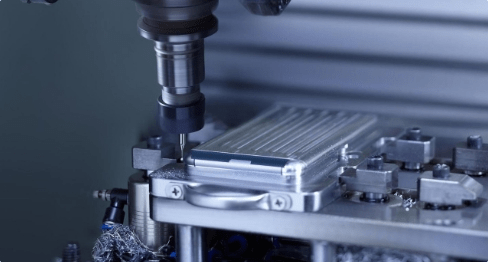
Dimensional Inspection and Tolerance Verification
Precision in dimension is among the most crucial aspects in the quality control process when CNC milling composites. Because these components usually integrate with other components that require high precision, even minor deviations could cause assembly issues or failures.
Coordinate measuring machines (CMMs) or laser scanning machines are usually used to test precision, tolerances, shape geometry, and the flatness of the surface. These instruments allow makers to examine the part that is machined against its CAD model and detect even tiny differences within three dimensions.
Non-Destructive Testing (NDT)
Due to the anisotropic layering characteristics that are characteristic of composite materials their internal flaws may not be apparent through a visual inspection. The presence of delamination, voids or cracks within the matrix — particularly ones due to high temperatures, or pressures – could be located on the subsurface.
Methods for testing that aren’t destructive such as Ultrasonic Inspection, X-ray Radiography and thermography are crucial to ensure a thorough quality control. Ultrasonic techniques are widely used to find problems with interlaminar connections or bonds between the matrix layer and the fiber layer.
Residual Stress and Structural Integrity
Machining processes can cause residual stresses in composite components that could impact the performance over time when exposed to environmental conditions. The post-machining heat treatment isn’t typically applied to composites unlike metals. This means that stress relief needs to be controlled via the control of cutting parameters during the milling process. Post-machining analysis such as the testing of vibrations or modal analysis could be used to evaluate what the strength is of the part and verify that it’s within the parameters of performance.
Documentation and Traceability
In those industries where strict compliance is essential, such as aerospace or defense, documentation of post-machining is a vital element for quality assurance. This is the case with documenting the processes, certificates of the materials used, as well as records of inspections and wear and tear on tools.
Advanced CNC systems usually incorporate the technology known as digital execution for manufacturing (MES) to ensure every step of production and inspection process is recorded. This is not only to ensure compliance with regulations, but also allows for a quick root-cause analysis in case of a failure in the field.
Final Cleaning and Preparation for Use
Before the composite parts being assembled or delivered, an additional process of cleaning is normally completed. Working with composites generates small particles of dust that could damage surfaces to which they’re adhered, or block subsequent coatings.
When cleaning such components, various cleaning techniques including ultrasonic, vacuum or solvent wiping might be required depending on the sensitivity and requirements of their application. When components are coated, bonded or sealed processes like chemical etching and plasma treatment can be used to improve adhesion and efficiency.
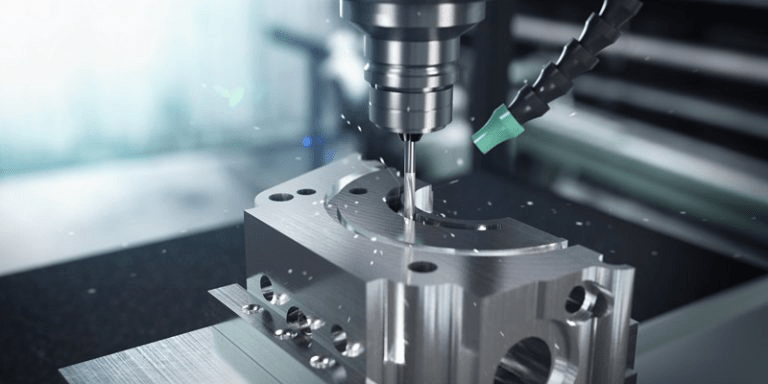
Future Directions in CNC Milling of Composite Materials
The future trends in CNC milling of composite materials is being shaped by technological innovation, digital integration, and sustainability. They are all changing how manufacturers consider approach precision, efficiency, and adaptability when working with these advanced engineered materials.
Intelligent and Adaptive Machining Systems
One of the major emerging trends in the coming years of CNC milling of composites is the development of intelligent, adaptive machines. The latest generation of platforms incorporate real-time monitoring technologies, including force, vibration and audio sensors, in conjunction with AI algorithms that constantly alter cutting parameters according to the needs of.
These platforms are able to detect the first indications of wear on tools wear, delamination or fiber pull-out and immediately correct the issue to avoid issues. Integrating decision-making into the machine the systems make it less required for operators to intervene in order to decrease downtime and increase the first-pass efficiency.
Digital Twin and Predictive Simulation
Digital twins are altering the way composite machine operations are planned and executed. Digital twins, or virtual representations of the machining process allow manufacturers to model the cutting forces, heat effects and material’s behavior before the production process even starts.
The near-term future of, this method will enable engineers to predict the result more precisely by enhancing the design of the tools and machining strategies that are suited to particular layouts of composite. This will also allow for rapid prototyping and speedy iteration, significantly accelerating the creation of innovative product concepts.
Hybrid Machining Techniques
In order to increase efficiency and enhance quality of parts to improve efficiency and quality of parts, the next CNC milling machines will eventually incorporate hybrid capabilities for milling. They can incorporate subtractive techniques along with other methods such as ultrasonic vibration-assisted milling or laser preheating.
Ultrasonic-assisted milling, for instance, reduces cutting force and improves quality of the surface by making high-frequency vibrations at the contact between the tool and the workpiece. Furthermore, the incorporation of additive manufacturing into CNC machines can allow repairs on the machine and strengthening of composite parts in the milling process too.
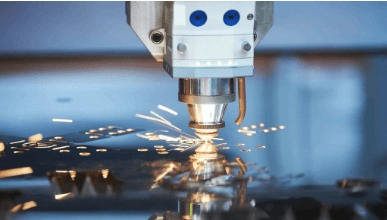
Advanced Tooling Materials and Smart Tools
Innovation in the area of tooling is crucial in the creation of the next generation of composite milling. The research into nano-structured coatings multi-layered composites also self-sharpening tools can extend the life of the tools and improve their efficiency. Alongside physical materials advancement, the development of devices that are smart and have sensors built into their components is likely to alter the way we manage tools.
These devices can track wear, temperature, and information from materials and transmit live information to CNC controllers to constantly optimize. When combined with machine learning-based advanced tools, they could lead to completely automated milling operations which the quality is guaranteed with no any supervision from an individual.
Incorporation in Sustainable Manufacturing Practices
Sustainability is a crucial element in modern manufacturing. In the case of CNC cutting carbon-based composites, the future concentration will be on reducing the environmental impact of dry or close-to-dry milling, more efficient dust removal techniques, and tool life-extension strategies. Additionally, recycling strategies for composite waste, which is a present issue, will be easy to integrate into production workflows. Manufacturers will likely adopt closed loop systems, where scraps and offcuts are recycled or reused by means of mechanical or chemical recycling techniques.
Customization and On-Demand Production
As robotics technology improves in the field of robotics, software or automated technology, CNC milling can become customized and responsive to evolving requirements. The capability to design and build custom components with minimal time to set up will be important in fields such as healthcare, where individualized implants or prosthetics made from composites are required. In addition, modular or portable CNC milling machines can be designed to repair components in the field or for production in small quantities specifically in aerospace or defense applications where it is vital to be flexible in logistics.
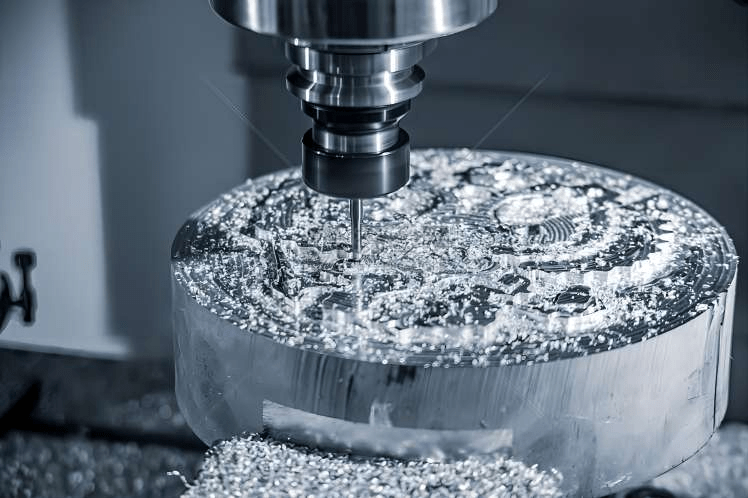
Final Thoughts
CNC milling process for composites is a rapidly developing field that requires an in-depth understanding of behavior of materials, tooling and process optimization. Through adjusting the machining strategy and investing in equipment that is specially designed, manufacturers can harness the full potential of composites and create high-performance CNC machining parts with precision and consistency.

